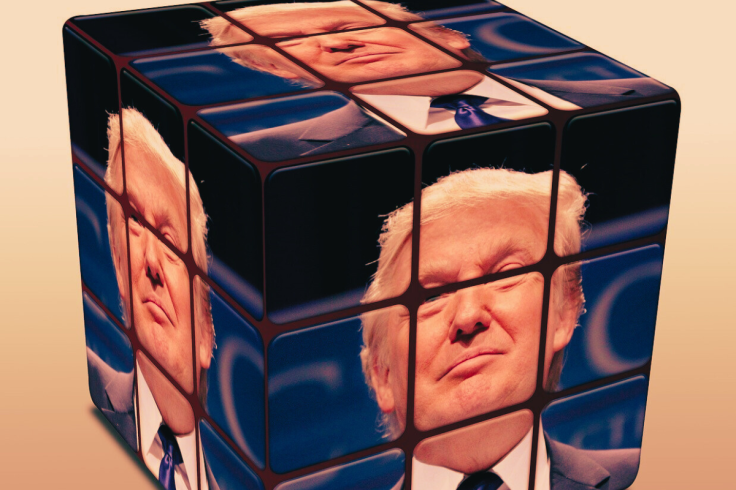Trump's Bold Tax Claim: Can Tariffs Really Replace Income Tax?
A Risky Bet on America's Economic Future

On 15 April 2025, President Donald Trump revived an audacious proposal: replacing the federal income tax with tariff revenue. In a Fox interview, he declared, 'There is a chance that the money from tariffs could be so great that it would replace' the income tax, echoing his 2024 campaign rhetoric.
With tariffs already disrupting global trade (10% on most imports, 145% on Chinese goods), this idea promises a seismic shift in America's fiscal system. Economists, however, remain highly sceptical: the numbers fall short, and the risks to consumers and the economy loom large.
Can Trump's vision succeed, or is it a gamble destined to falter?
Tariffs Fail Fiscal Test
The federal income tax generates £920 billion ($1.22 trillion) through March 2025, dwarfing the £62 billion ($82 billion) collected from tariffs in 2024, which accounts for just 1.57% of federal revenue.
Trump's advisor Peter Navarro projects tariffs could yield £480 billion ($638 billion) annually, but experts like Mark Zandi of Moody's estimate a ceiling of £80 billion to £160 billion ($106 billion to $212 billion). A 10% universal tariff might raise £1.8 trillion ($2.2 trillion) over a decade, yet this pales against the £26 trillion ($34 trillion) from income taxes in the same period.
Imports are projected to shrink by £640 billion ($850 billion) in 2025, further eroding revenue potential. As economist Kimberly Clausing notes, 'You'd need implausibly high tariffs on a shrinking import base to match income tax,' exposing the plan's mathematical weakness.
Inflation Hits Consumer Wallets
Trump's tariff strategy could hit consumers hard. Importers bear tariff costs, which are often passed on, potentially adding £1,000 ($1,331) to average household expenses in 2025. Low-income families, reliant on affordable imports, would face a regressive tax burden.
The International Monetary Fund has cut U.S. growth forecasts by 0.4% for 2025, citing trade disruptions, while JPMorgan's Jamie Dimon warns of a looming recession. Retaliatory tariffs from China, Canada, and the EU, targeting £264 billion ($351 billion) of U.S. exports, threaten agriculture and tech sectors.
On X, users express alarm that replacing £2.1 trillion ($2.7 trillion) in income taxes could demand tariff rates as high as 47%, squeezing affordability.
Congress Blocks Policy Shift
Turning this vision into reality requires navigating a complex political landscape. Replacing income tax needs congressional approval, but even Republicans hesitate: Representative Ralph Norman calls it 'an uphill climb' due to regional economic concerns.
Trump's team sees tariffs as leverage, with Treasury Secretary Scott Bessent noting that 70 countries, including Japan, are negotiating lower duties. Recent pauses on tariffs for Canada and Mexico, alongside a 1,014-point Dow drop on 8 April 2025, reflect market unease.
Trump's reference to President McKinley's tariff-funded era overlooks modern spending: 2023 federal outlays were 22.7% of GDP, ten times higher than in the 1890s. Analyst Alex Durante argues, 'Modern government can't rely on 19th-century taxes,' underscoring the plan's impracticality.
Trump Risks Economic Chaos
Trump's claim that tariffs could replace income taxes is ambitious but fraught with flaws. The revenue shortfall is stark, and the risks skyrocketing prices, recession, and regressive taxation are formidable.
While tariffs might pressure trading partners and boost manufacturing, they cannot sustain America's fiscal needs without severe trade-offs. As this debate shapes the nation's economic path, Trump's bold bet tests whether vision can overcome daunting realities, or leave consumers and businesses bearing the cost.
The outcome will define America's financial future.
© Copyright IBTimes 2025. All rights reserved.





















